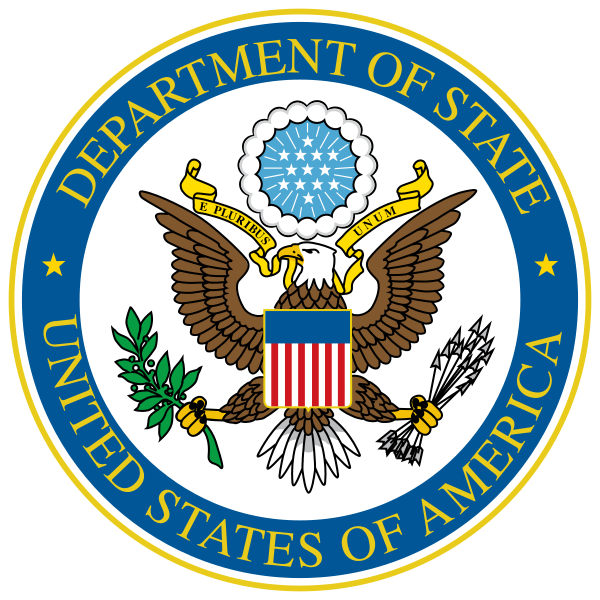Pre-colonization
Around the ninth century Arab traders started occasionally visiting the island of Nosy calling it ‘Assada’ or ‘Sada’: : سعدة. The Malagasy used to call the island “Vario Be”.
At the beginning of the 10th century, the Arabs who landed on the northwest coast of Madagascar started to restock supplies in Nosy Be and created a trading post in Mahilaka. They then fortified the city with a wall 4 meters high and 2 km by 1 km on a side, and in the 13th century, Mahilaka became the largest city in Madagascar.
In the 15th century, Indians came to settle in Ambanoro following the decline of Mahilaka. They quickly noticed that there were beds of oysters from which they began to exploit the pearls by exporting them to Ceylon.
The French started to occupy the island from 1841, 55 years before the rest of Madagascar, and Nosy Be became an important trading post on the west coast of Madagascar in the 19th century.
French presence and colonization (1839-1960)

The island of Nosy Be became an important place in Madagascar starting from the end of the 1830s. Marine infantry captain Pierre Passot was instructed by Admiral de Hell, Governor of Bourbon, to look for a military port in Madagascar to replace Port-Louis, following the annexation of Mauritius by Great Britain. The expedition arrived in Nosy Be in 1839, aboard the Prévoyante. Passot, assisted by sailors and a missionary (Abbé Dalmond) chose the safest harbor in Nosy Be, in which a military post was founded, baptized Hell-Ville in honor of the governor of Bourbon.
Passot returned on board the Colibri in 1841 and officially took possession of Nosy Be and the adjacent islands. The island of Nosy Be was therefore colonized 55 years before the rest of Madagascar. Nosy Be then became, in the middle of the 19th century, an important trading post on the west coast of Madagascar. The island was an economic center which linked Réunion to Mahajanga and the other towns on the coast.
King Tsimandroho and Pierre Dalmond in Nossi-Bé
It was in 1842 that the French baptized Nosy Be by decree “Nossi-Bé”: the big island or “the pearl of the Indian Ocean”.
In 1849, the French called for the abolition of slavery, which caused a great revolt of the Malagasy owners who coalesced and revolted against the administration. A Sakalava army attacked Hell-Ville but didn’t succeed.

From the 1850s, cash crops and plantations developed in Nosy Be, mainly undertaken by settlers from Réunion, Mauritius and France. The island, together with Sainte-Marie fell under the government of Mayotte and had about 15,000 inhabitants around 1865. It became part of Madagascar after the conquest of Madagascar by France in 1897.
During the Russo-Japanese war, the Russian Baltic squadron, which was to rescue Port-Arthur, sailed around the world by way of the Cape of Good Hope. From December 1904 to March 1905, they stayed, for coaling and repairs, in the very sheltered and easy to protect bay of Ambavatoby – northern end of the peninsula of the Bay of Ampasindava – located about fifteen kilometers in the South West of Nosy Be.
Thus, the small island became an agricultural colony, covered with fields of cane, indigo, coffee, but also sesame, rice, corn, sweet potatoes and cassava. Ylang-ylang flowers started being harvested from the 1910s. This lead to the nickname ‘the island of perfumes’. During the 1920s, the island saw the development of an important sugar industry around the town of Dzamandzar with a famous rum distillery bearing the same name.
The 1960s and 1990s
Accession to independence led to a general awareness of economic and social development: with 8% of total investments (two billion FCFA) provided for by Plan 64-68, the First Republic did not forget the tourist sector. The roads from Fascène airport to Hellville and those on the west coast and Mont Passot were paved. The Aye-Aye company, in association with Madagascar Air Tours, took over the Palm Beach in Ambondro and a South-African group (Sun International Hotel) opened a hotel complex in Andilana. In the early 1970s, the small international airport of Ivato was made and the runway was lengthened to allow Air Madagascar’s B737 to land.
The socialist Malagasy Democratic Republic was not very favorable to mass tourism and opted for moderate and selective tourism, mostly Italians. Two Italian-run hotels were set up on the west coast (Les Cocotiers in Dzamandzar and La Résidence d’Ambatoloaka). They focused on sport fishing and scuba diving. The renovated Palm Beach moved to the four-star category and in Andilana a Holiday Inn was opened. The island meanwhile continued to produce sugar, distill rum and extract the essence of ylang-ylang. An industrial fishery, Les Pêcheries de Nosy Be, came to life at the port of Cratère and processed shrimps and camarons, and exported frozen. Ambitious hotel projects were developing and in the early 1990s, the island of Nosy Be became the first destination for international tourists in Madagascar.
2013 lynching
On October 3, 2013 the island of Nosy Be was shocked by the murder of two European tourists and a Malagasy who were lynched by a crowd on a beach north of Nosy Be, at Ambatoloaka. The three men were charged with the murder of an eight-year-old child. Without proof, a crowd of several hundred locals took over a police post before kidnapping the two tourists. The two tourists were taken from their hotel room in the middle of the night and were then violently lynched. After a sham “trial” in front of the crowd on the beach, the two tourists, horribly beaten, were stripped naked and thrown on a stake with a tire around their waists. The gendarmerie were notified by phone by several witnesses, but stood by and didn’t intervene.
A third man, the uncle of the missing child, was captured by the mob the following afternoon and was burned alive near the mosque, in front of several hundred people. The torture and killings were filmed by many villagers and posted on social media. Despite the abundant evidence, the Malagasy justice system took two years to finally sentence four people to forced labor for life, six others to shorter sentences and 26 acquitted in October 2015.
Tourism at Nosy Be
Before Madagascar’s independence, the economy on Nosy Be was based on agriculture. Since the 1960s, Nosy Be started developing its tourism industry. There are a lot of new hotels opening up, but despite the influx of tourists, road infrastructure is often still lacking in some parts of Nosy Be.
The seaside village of Ambatoloaka on the west coast, is a former fishing village which has undergone rapid development due to the expansion of tourism. There are many middle-class hotels and it is a starting point for many tourist activities on Nosy Be: such as excursions to nearby islands, car rental, restaurants, fishing activities and nightlife.
Nosy Be still offers authentic and unspoiled places to discover and where to stay. This is especially the case of the south-east coast and the villages located on the edge of the beach around the Lokobe Nature Reserve such as the villages of Doany-Antafondro and Ampasipohy.
Since 2014, by the end of August, for six days, in the most prestigious hotels of the island, there is the Nosy Be Symphonies. This is the biggest classical music festival of the Indian Ocean – bringing together international artists of the Indian Ocean and Madagascar.
For nine years there is the Sômarôho festival in August at Nosy Be. This five-day and four-night event is a moment of musical discovery, a unique cultural experience and a sporting event in all its forms. This festival was born from a tradition perpetrated by the singer Wawa nicknamed the “prince of Salegy” and his group. Every month of August, he organizes a concert in Nosy-be to honor his hometown and annually celebrate the creation of his group. It is in this spirit that their annual concert has become the Sômarôho festival, which aims to develop Malagasy music. For the whole group, it was a rather successful conversion. The excellent work behind the scenes, the performance and professionalism provided by both the organizers and the participants as well as the friendly atmosphere created by the event are all factors that have shaped the current notoriety of the festival. This makes Sômarôho an unmissable event on Nosy Be.
In addition to renowned national and international artists who are there to give a colorful show and an exotic atmosphere to the festival, emerging Malagasy artists also find the opportunity to perform in front of a larger audience.
You see, apart from its mainly endemic biodiversity and its heavenly beaches, Madagascar is also a destination rich in musical culture.













